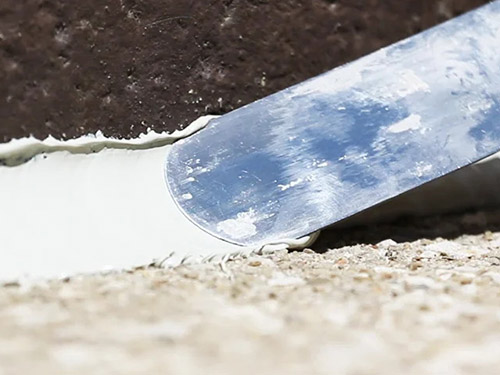While there are advantages and disadvantages to using any of the above, what is important to keep in mind is that it requires both good workmanship and the appropriate high-performance products to ensure that the window perimeter is effectively water-and-air-tight.
The best solution is to incorporate a trusted and proven system, one which may or may not offer a combination of sealants, tapes, membranes, and foams into the design. That way, you can be assured that every product used serves its purpose and works together to prevent leaks, mildew growth, air drafts, dirt, frame rotting, paint peeling, insects, and other damages for a long time to come.
Tremco CPG makes the process of selecting and installing the right glazing system simple and efficient. We offer a variety of tested, proven transition solutions that can accommodate any design, from standardised to highly specialised. All our weatherproofing products provide the highest performance in adhesion, weatherability and durability to guarantee a safe and leak-free building. Our expert team is on hand to help you in any current or upcoming project you may have, get in touch with the team.


 Sealants, Glazing and Façades
4 steps to applying the perfect sealant every time!
Sealants, Glazing and Façades
4 steps to applying the perfect sealant every time!
